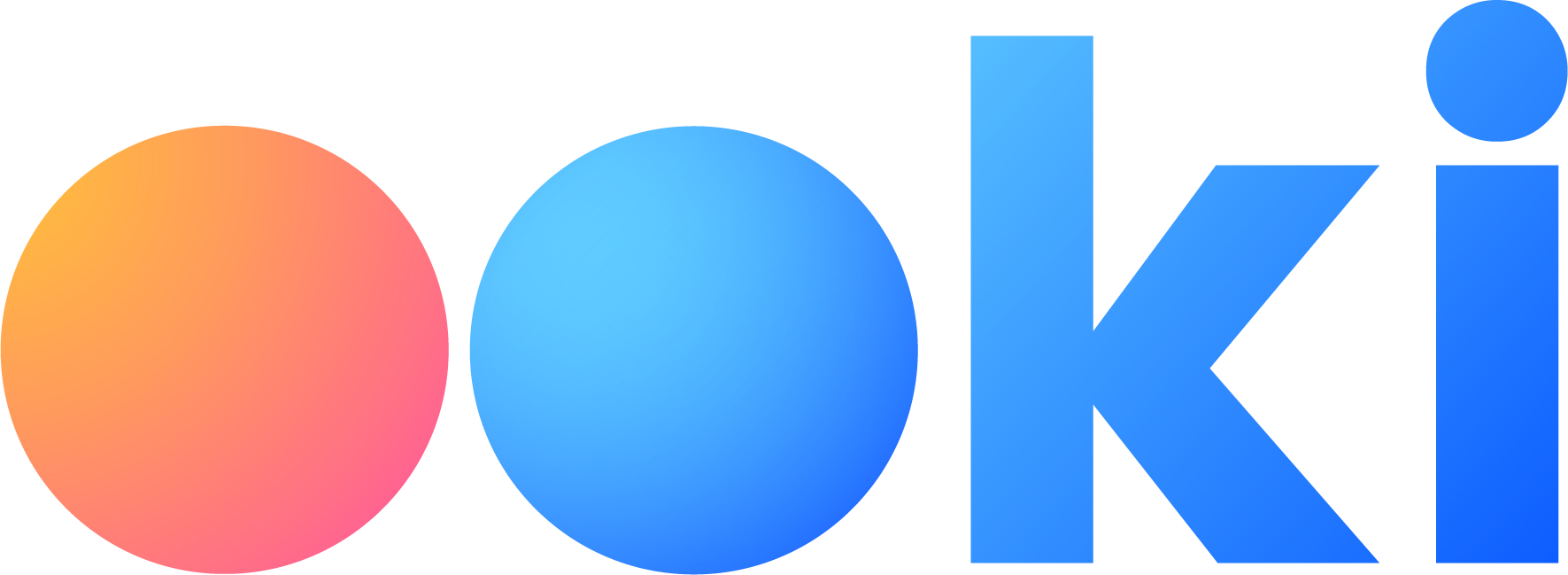It is still not clear to many what the difference is between spot and perpetual trading. Of course, both are about trading, but the basis is quite different.
In this blog post we want to go into the differences.
Spot Trading
The buying and selling of financial instruments or commodities for prompt delivery is referred to as spot trading, also known as "spot market" or "cash market." In other words, spot trades are settled on the spot, or immediately, as opposed to in the future.
Spot trades can involve a variety of assets, including (crypto)currencies, commodities, securities, and derivatives. They are frequently carried out on (online) exchanges or over-the-counter (OTC) markets. The prices at which spot trades are made are based on the asset's current supply and demand, and they are subject to quick fluctuations in response to the state of the market.
Since spot trades do not involve the possibility of unlimited losses, they are typically less risky than other trade types like futures, perpetuals or options. But because spot prices can fluctuate, traders should think carefully about their riskiness and the likelihood of losing money before engaging in a spot trade.
Perpetual Trading
Perpetual trading, also called "perpetual swaps" or "perpetual contracts," is a type of financial derivative that lets traders bet on the price of an underlying asset, like a cryptocurrency, without having to hold the asset or worry about when it will expire.
Perpetual contracts are similar to traditional futures contracts, but they do not have a set end date. Instead, they let traders open long or short positions and keep them for as long as they want, as long as they have enough margin to cover any possible losses. This lets traders take advantage of price changes over a longer time period without having to roll over their positions all the time.
Perpetual contracts are traded on a variety of online exchanges and are frequently used as a hedge against price fluctuations or as a way to speculate on the price of an underlying asset. They can be very risky due to the possibility of significant leverage and significant losses. Before entering into a perpetual contract, traders should carefully consider their risk tolerance and ensure that they are aware of all of its terms and conditions.
Conclusion
Spot trading and perpetual trading have a number of significant differences:
- Delivery: Spot trading entails the immediate delivery of the underlying asset, whereas perpetual trading involves speculation on the price of the asset.
- Expiration: Spot trades are settled instantly, whereas perpetual contracts have no set expiration date.
- Leverage: Because perpetual contracts frequently permit significant leverage (on some exchanges even up to x1,000), traders can open up sizable positions with only a small amount of capital. Leverage is rarely used in spot trades.
- Risk: Because perpetual contracts have the potential for infinite losses and high levels of leverage, they can be very risky. Due to the lack of high leverage and the potential for unlimited losses, spot trades are typically less risky.
- Trading venues: Spot trades can be made on (online) exchanges or over-the-counter (OTC) markets, whereas perpetual contracts are typically traded on online exchanges only.
Before taking any positions, traders should carefully weigh these distinctions and comprehend the risks and potential rewards of each type of trade.
About Ooki
Ooki is a protocol for spot margin trading, borrowing, lending and staking enabling the building of Decentralized Applications for lenders, borrowers, and traders to interact with the most flexible decentralized finance protocol on multiple blockchains. Ooki is a fully decentralized, community-run DAO, governed by the community vote for all major changes to the protocol. Ooki users can engage in margin trading with up to 15x leverage using a fully decentralized trading platform.






